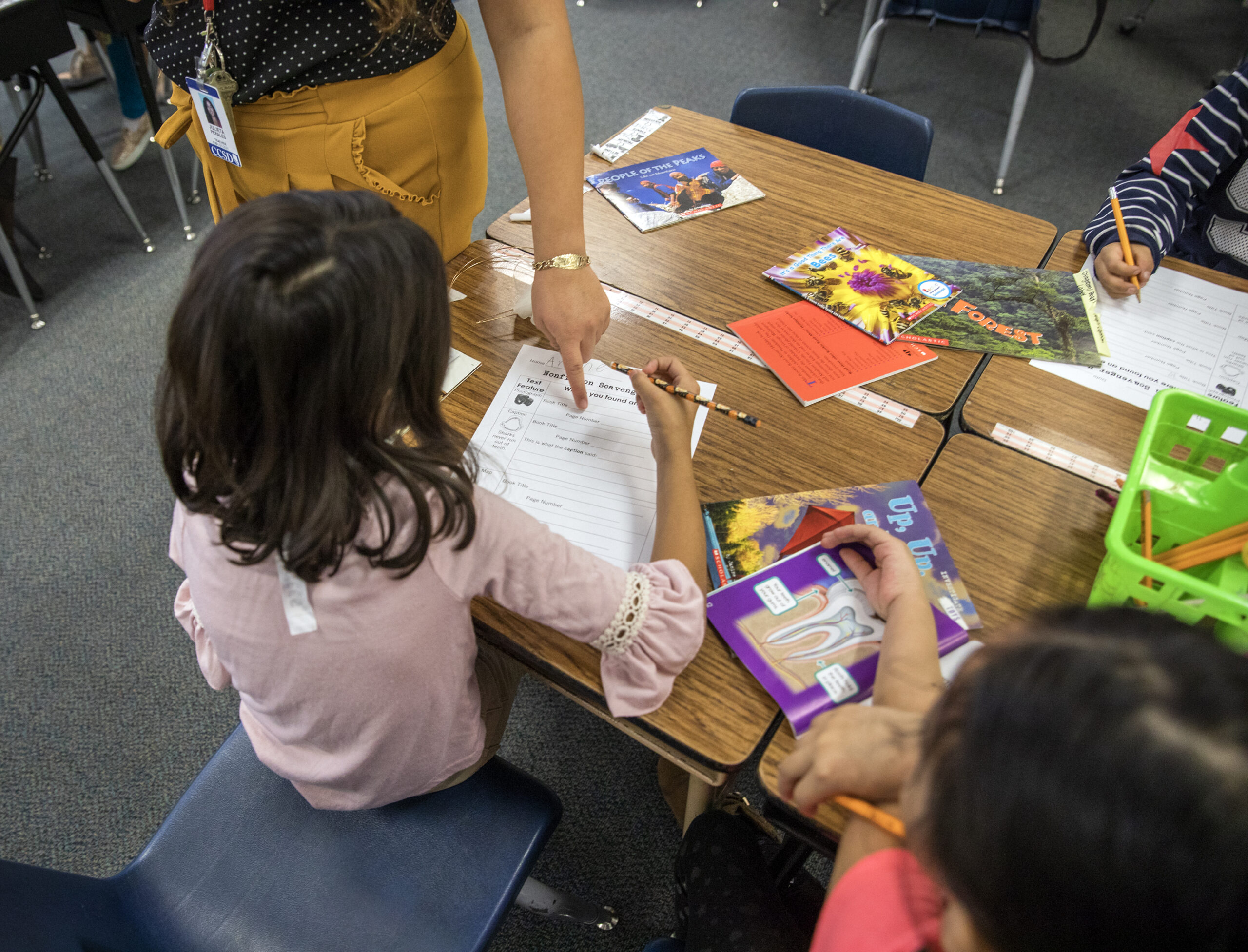How much do words matter when kids can’t read?

Let’s be perfectly clear: Most kids are struggling to read. In Nevada, only 44 percent of elementary school kids are reading at grade level. In Clark County, that number dips to 41 percent. Less than half of the elementary students at the nation’s fifth largest school district are not able to read at grade level. The latest National Association of Education Progress (NAEP) scores show that fourth grade reading scores continue to drop, with only 27 percent of those students at or above proficient levels.
Some things that happen when kids can’t read by the end of third grade: As they get promoted to higher grade levels (which, by and large, they do), they lack the skills to learn subjects that rely on reading to communicate those concepts. Simply put, up until third grade, kids learn to read; after third grade, they read to learn. Think of subjects like history, science and social studies. Now, imagine trying to learn those things — from Nevada’s Constitution to the principles of rock formation — without being able to read the words.
This benchmark impacts kids well beyond their school years. Nationally, an estimated two-thirds of students who cannot read proficiently by fourth grade will end up in the criminal justice system or as welfare recipients. Additionally, 43 percent of adults at the lowest levels of literacy live in poverty (compared to 4 percent at the highest levels of literacy). In short, the stakes are high.
We have an extraordinary opportunity before us to commit to every kid leaving third grade reading at grade level. That commitment must include students who arguably have the most ground to make up — emerging bilingual students, students who live in poverty and students from ethnic and demographic groups with a long and imbalanced history of being placed in underperforming schools with low expectations.
What will it take to get every third grader reading at grade level? It will take commitment, fortitude and the willingness to make tough decisions. It will be a charge from every single adult in the room — from parents to teachers to school administrators to taxpayers helping to fund our school systems — to have high expectations for our schools and our students.
High expectations cost nothing, and they stand for confidence, trust and hope that we can and will do better. And based on the findings of a new study, they also work.
We can translate those expectations into actions that have real, meaningful, lasting impact for every kid in Nevada. We can recommit to principles of Read by Three, putting proven interventions on the table, from literacy coaching to capacity building to extended learning. We can employ tools and leadership strategies that have worked in other states, like Mississippi, Tennessee and Louisiana, states that have made significant gains in literacy over the past several years during what many cite as one of the most challenging times in education in our nation. The roadmap, the science and the way forward are there.
As a state, we can commit to a concerted effort to ensure every kid can read by the end of third grade. This sets high expectations for students in elementary school, putting them on a path for success early in their education journey and creating a foundation where every kid can thrive — an action that benefits students, families and every community in Nevada.
Jana Wilcox Lavin is the CEO of Opportunity 180, an education nonprofit based in Nevada.
